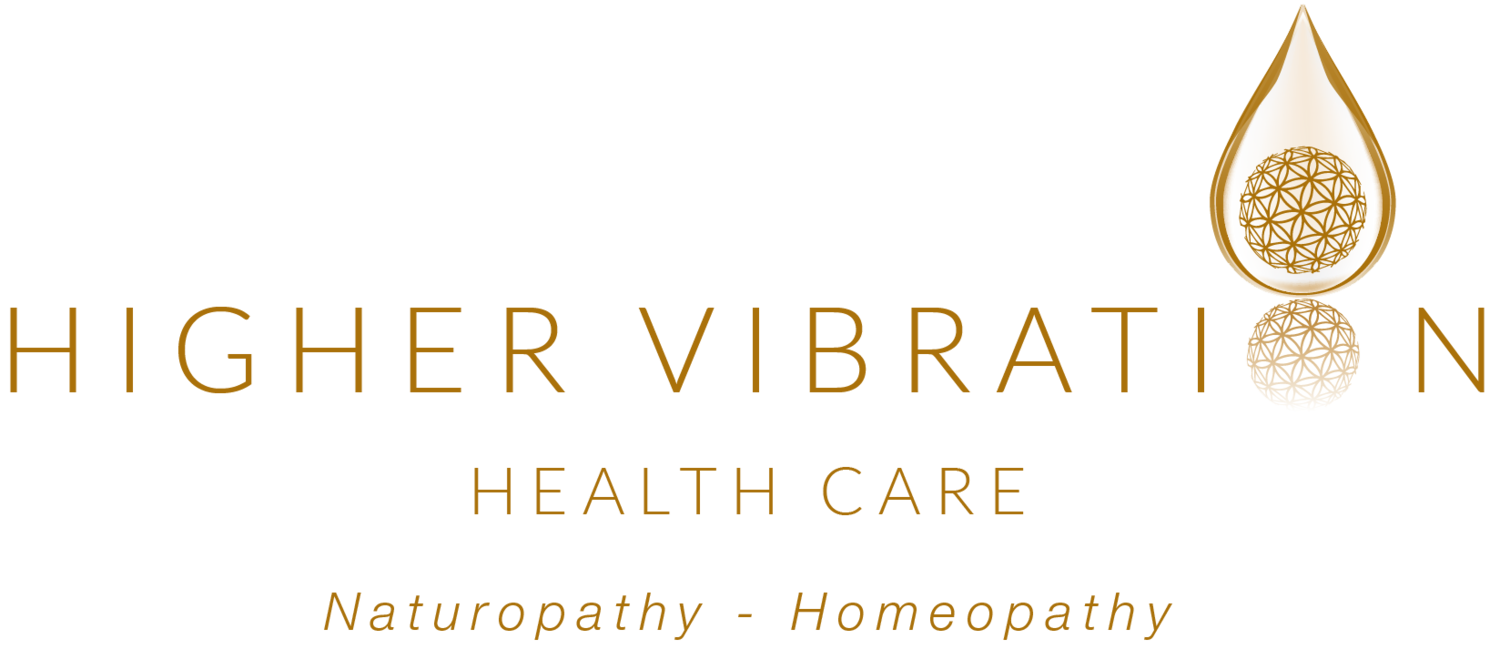Endometriosis is a chronic and painful condition experienced by an increasing number of women.
Heavy menstrual bleeding, irregular cycles and pain in between periods are typical symptoms, and infertility may result.
In Endometriosis, menstrual tissue ends up outside of the uterus, in the abdominal space. Because the tissue responds to hormonal stimulus, it thickens and sheds menstruum (blood), even outside of the environment of the uterus. The endometrial tissue can stick to other organs, causing adhesions between internal body parts, inflammation and scarring, increasing pelvic and abdominal pain.
Factors that seem to increase the risk of endometriosis include a family history of endometriosis and menstrual cycle dysregulation including short menstrual cycles, and heavy, painful or long periods.
If you have endometriosis, you are not alone; an estimated 1 in 9 women (11%) born between 1973–78 were estimated to have been diagnosed with endometriosis by age 40–44. More recently, 1 in 15 (6.6%) women born in 1989–95 were estimated to have been diagnosed with endometriosis by age 25–29—a figure that is 1.7 times as high as for women born in 1973–78 at the same age (Australian Institute of Health and Welfare, 2019).
There are a number of interventions that can help with symptoms of endometriosis; some of them only mask the problem.
For example, heavy bleeding and hence painful menstrual periods can be reduced via a number of means, including removal of the uterus, installation of a mirena. However, this only stops the local symptoms and won’t address the underlying cause which is the hormonal imbalance.
Other medical solutions may affect the hormones, but have a negative short or long term impact on fertility. For example, the oral contraceptive pill can adjust oestrogen/progesterone levels, but only while you are on the pill. Heavier drugs suppress ovulation, stopping your cycle altogether.
Surgery may be recommended and necessary to remove extensive endometriosis lesions from the abdominal space. Again, this will reduce the symptomatic expression of endometriosis, but it won’t stop the lesions from growing back because it would be very hard to eliminate all endometrial cells. Systemic hormone balancing is required to stop excessive proliferation of endometrial tissue.
It's important to understand the whole condition from both a hormonal and an inflammatory perspective in order to improve long-term outcomes.
Natural medicine can offer a wide base of support for women with endometriosis.
Hormone regulation can be achieved via herbal medicine:
- modulating oestrogen relative to progesterone
- regulating cycle length
- reducing bleeding
- pain management during periods
- reducing premenstrual discomfortInflammation can be reduced by using key nutrients and vitamins, providing natural pain relief. It’s important to look at specific diet and lifestyle factors that are contributing to inflammation in your individual body and reduce those as much as possible, which will in turn reduce pain levels.
If you have endometriosis, it is a chronic condition that requires investigation and care in order to manage your wellness.
Reach out for natural support and advice: cyena@highervibration.com.au.
More information on endometriosis can also be found at March into Yellow
